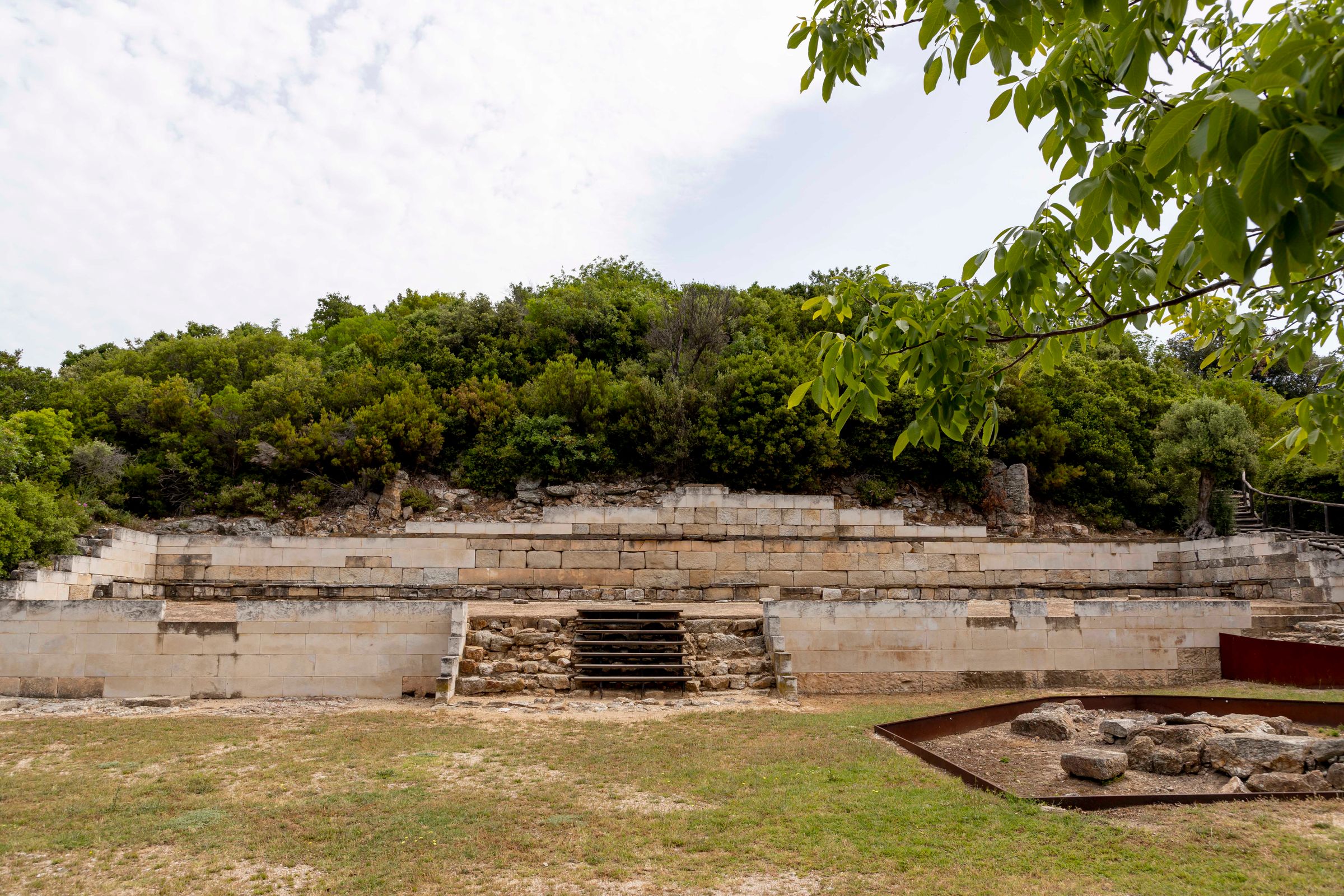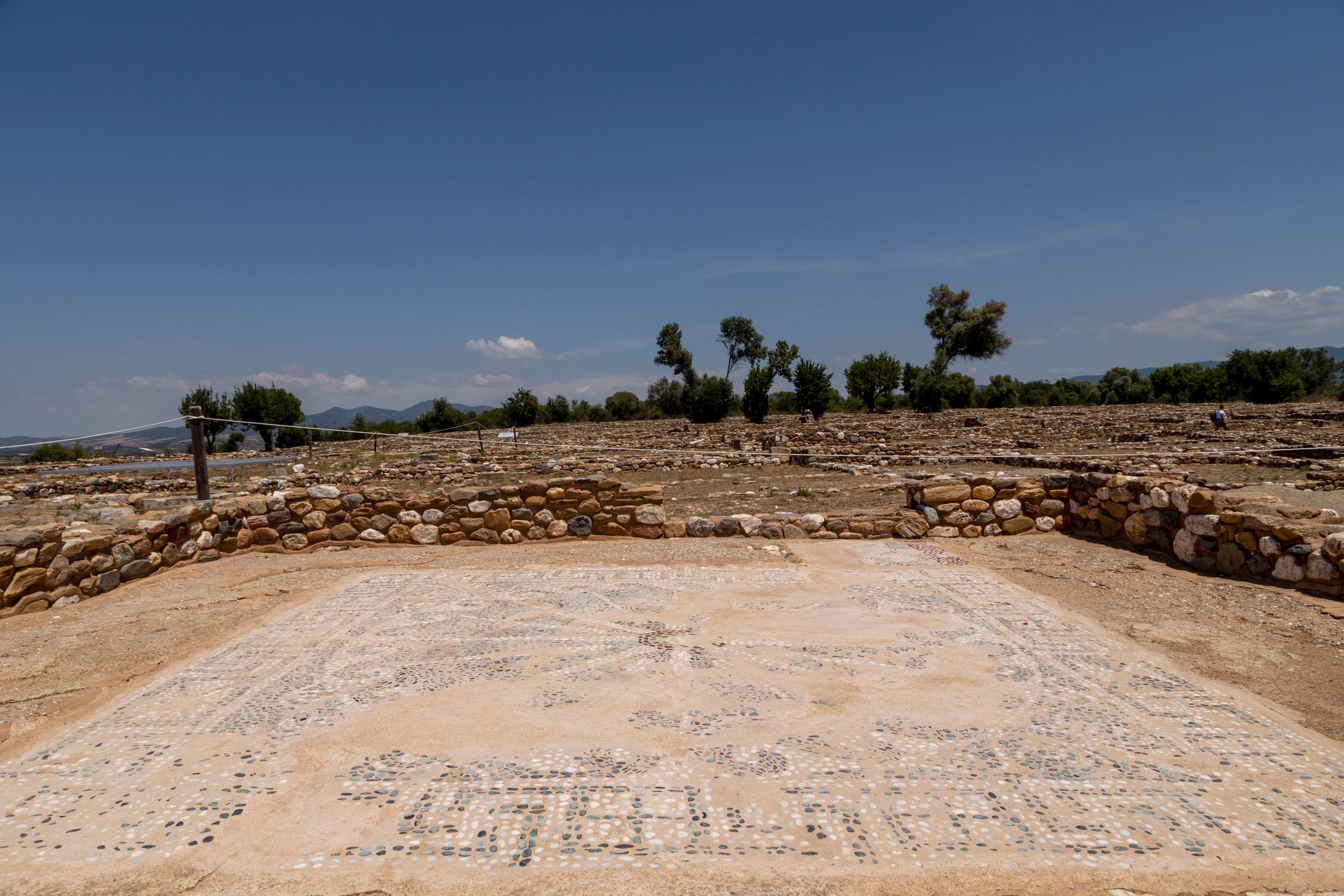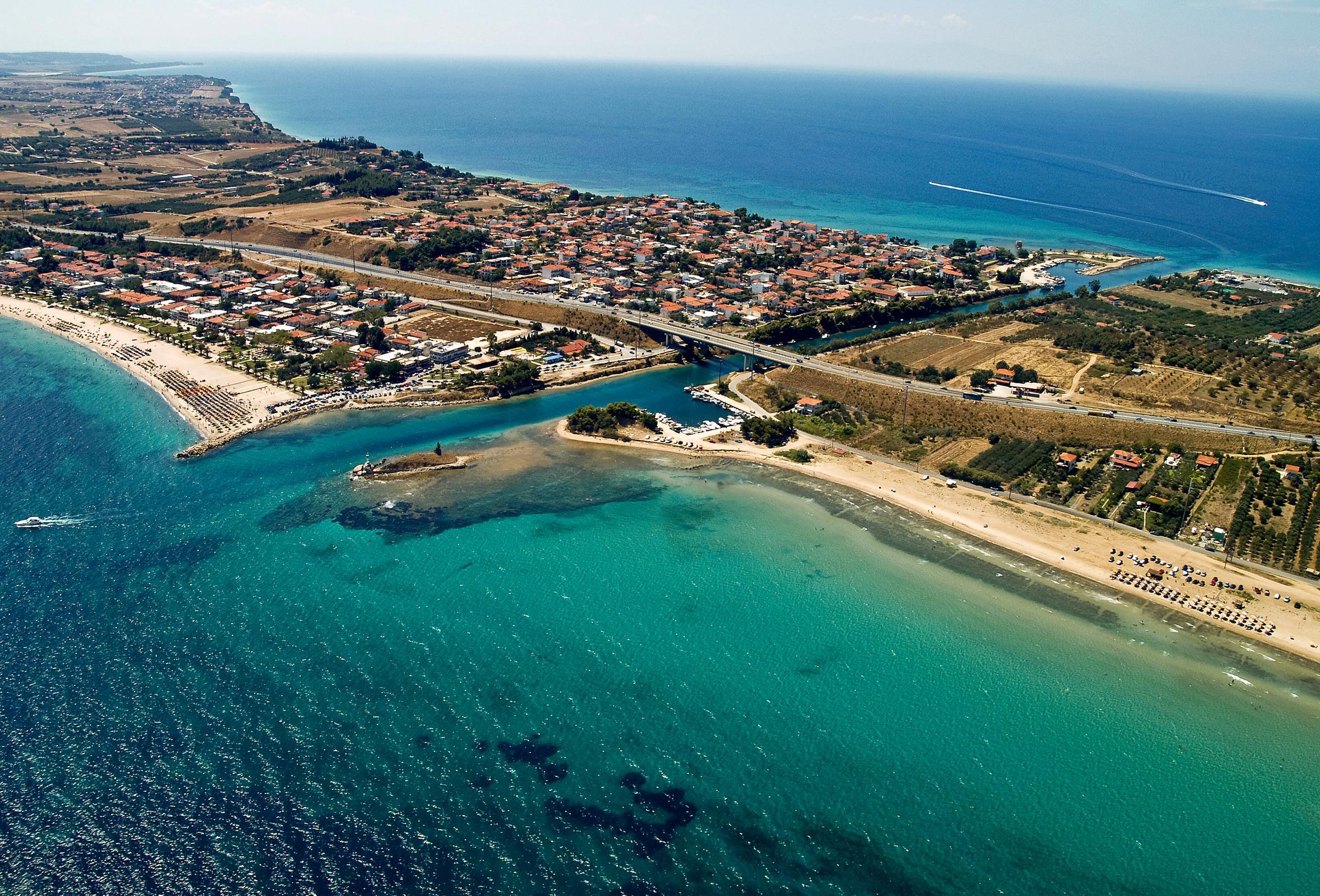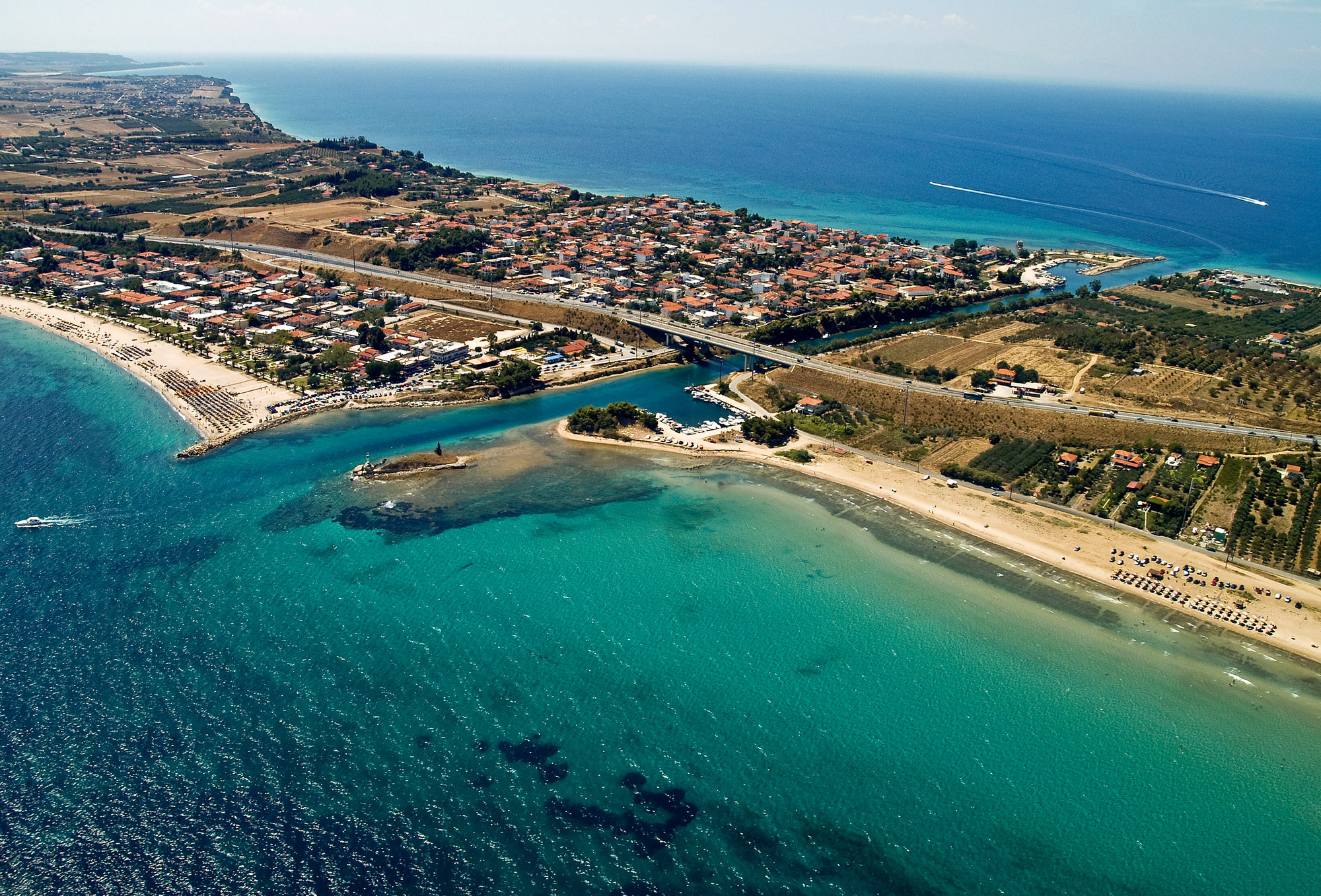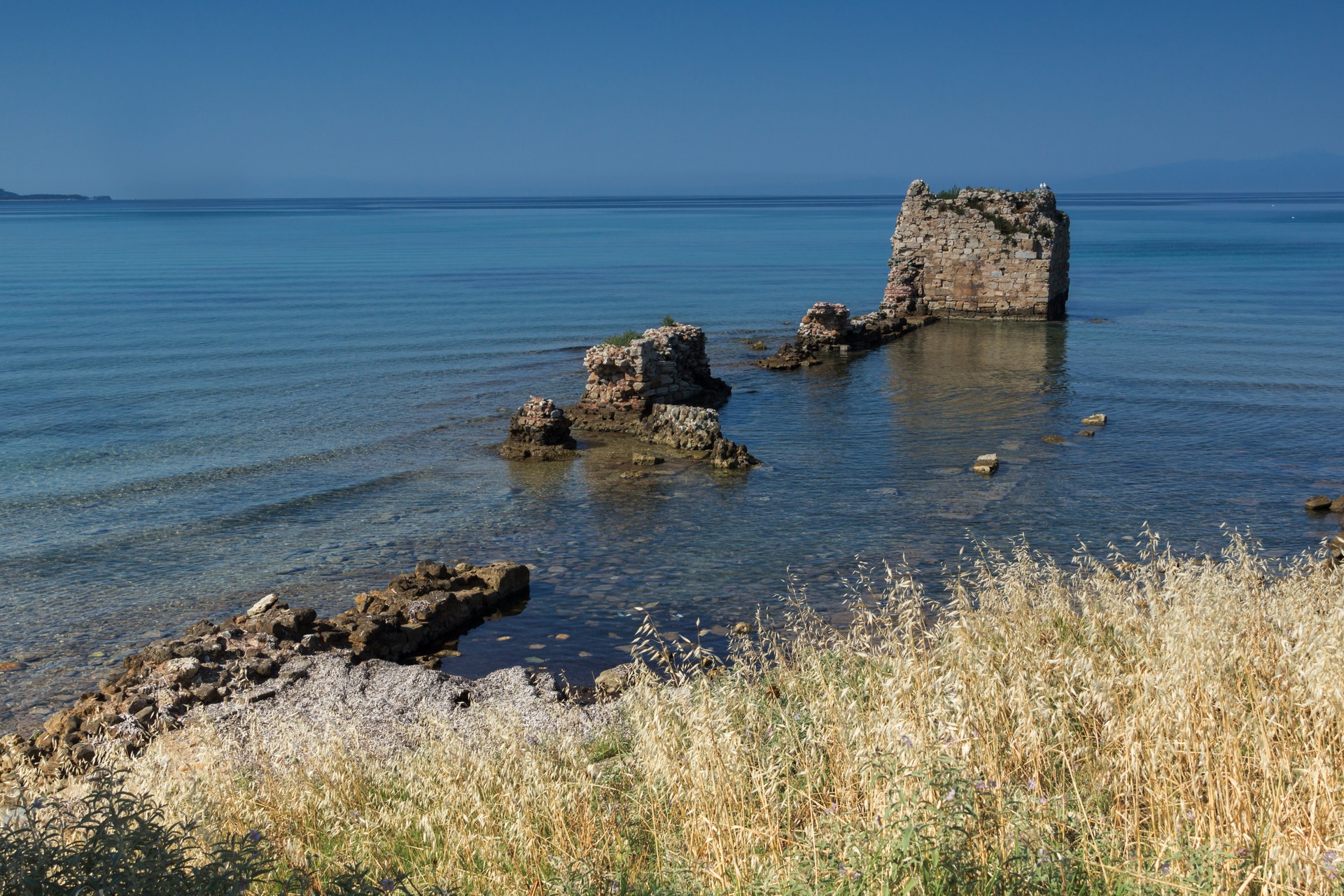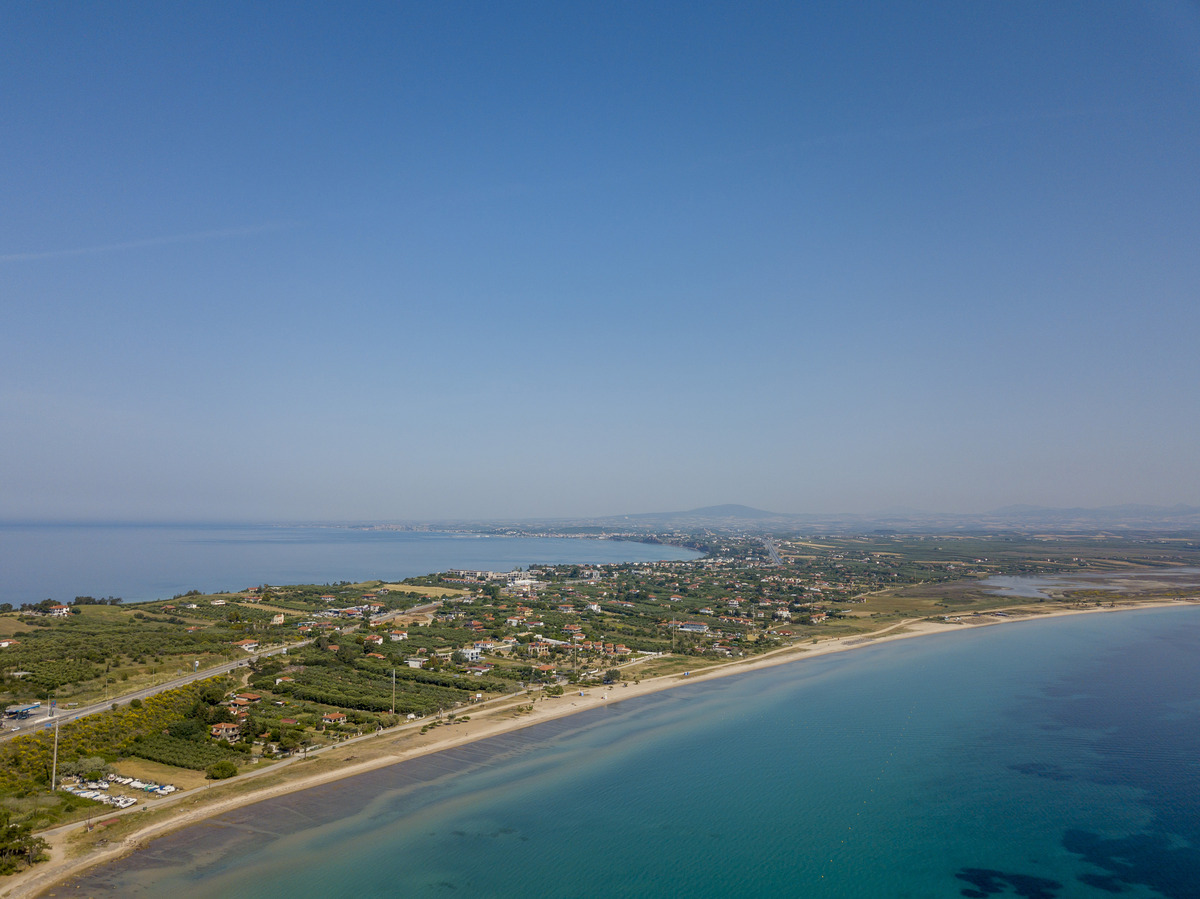
Macedonian Tomb of Potidaea
Macedonian Tomb of Potidaea
A Significant Archaeological Monument of the Macedonian Period
The Macedonian tomb near the village of Potidaea in Kassandra, Halkidiki, is a notable archaeological site from the Macedonian period. Discovered in 1961, the tomb dates back to around the 4th century BC, marking one of the final phases of the Macedonian dynasty.
Renowned for its exceptional architecture and elaborate decorations, the tomb is a beehive-shaped structure with a central chamber and a corridor, originally covered with large stones. The interior features stunning frescoes depicting scenes of daily life and mythological representations, showcasing the intricacy and craftsmanship of Macedonian art.
The tomb's discovery unearthed valuable archaeological finds, including pottery, jewelry, and weapons, which offer significant insights into the society and burial customs of the time. The Macedonian Tomb of Potidaea provides a unique opportunity to explore Macedonian history and culture, with its architecture and decorations impressing visitors with their quality and detail.


